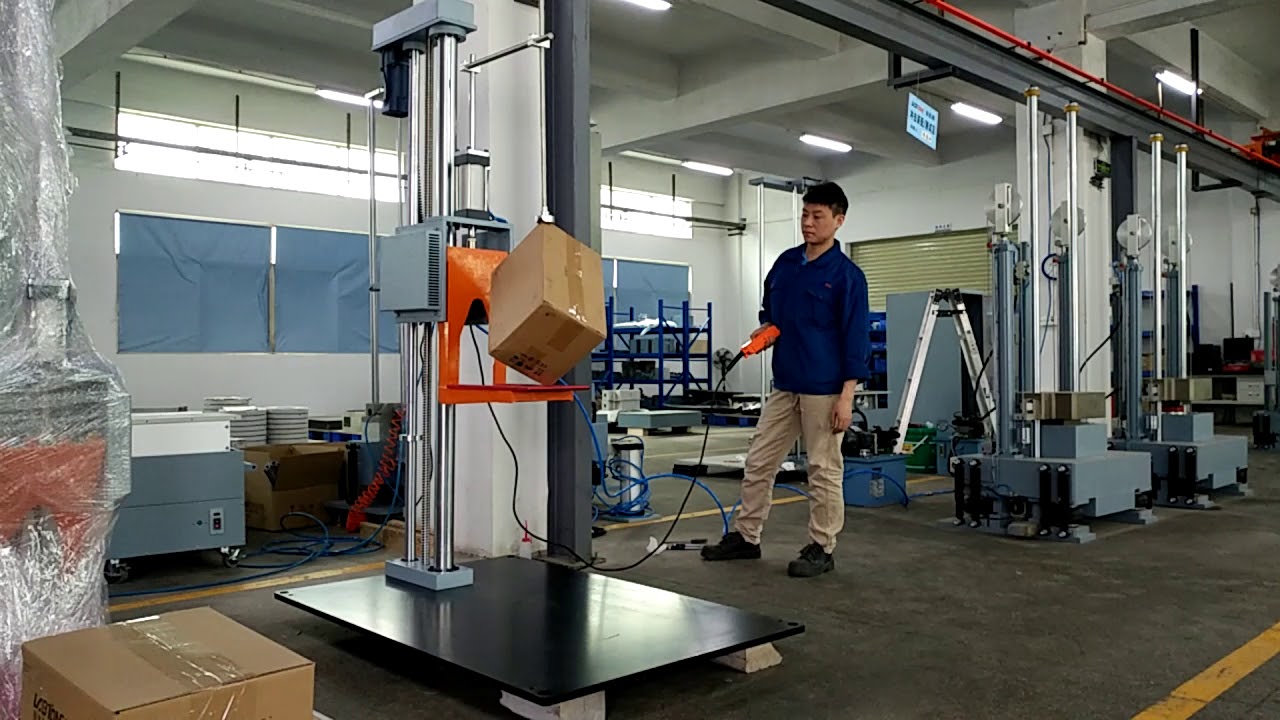From Heights to Insights: Understanding Drop Test Machines and Their Applications

In a world where technology is constantly evolving, ensuring the durability and reliability of products has become a paramount concern for manufacturers. Whether it’s a smartphone, a laptop, or a delicate piece of scientific equipment, the ability to withstand accidental falls is a critical factor in determining a product’s success. This is where drop test machines come into play, bridging the gap between heights and insights.
The Role of Drop Test Machines

Picture this: you’re holding the latest smartphone in your hands, marveling at its sleek design and advanced features. But what if you accidentally drop it? Will it survive the fall and continue to function flawlessly? Well, that’s where drop test machines come in. These machines are designed to simulate real-world scenarios by subjecting products to controlled drops, ensuring they can withstand the inevitable accidents of everyday life.
These are engineering marvels in their own right. They consist of a sturdy frame, a height-adjustable platform, and a system to release the product at a precise angle and velocity. The product under test is securely mounted on the platform, and with a simple push of a button, it begins its descent into the unknown. The machine records critical data, such as impact force, acceleration, and displacement, providing valuable insights into a product’s ability to withstand falls.
Advantages over Manual Drop Tests

One might wonder, why not simply test products by dropping them from a height manually? Well, while it may seem simple, manual drop tests lack consistency and repeatability. Human error and variations in release angles and velocities can significantly affect the results. A drop test machine, on the other hand, offers precise control over these variables, ensuring reliable and reproducible test conditions.
Applications in Consumer Electronics
The applications of these machines are diverse and span across industries. In the consumer electronics sector, manufacturers use these machines to evaluate the durability of smartphones, tablets, and wearable devices. By subjecting these gadgets to a series of controlled drops, engineers can identify weak points and make design improvements to enhance their ruggedness. This not only benefits the end-users but also helps companies build trust and establish a reputation for producing reliable products.
Applications in Automotive Industry

Automotive manufacturers also rely on drop test machines to assess the safety of their vehicles. Crash tests have long been a standard practice in the industry, but drop tests offer a unique advantage. By dropping vehicle components such as airbags, seats, and dashboard assemblies, engineers can evaluate their structural integrity and performance under impact conditions. This enables them to make informed design decisions and develop safer automobiles.
Applications in Aerospace and Defense
Drop test machines are not limited to the realm of consumer products and automobiles. They are extensively used in the aerospace and defense sectors as well. Satellites, for example, undergo rigorous testing to ensure they can withstand the harsh conditions of space. By simulating the vibrations and shocks experienced during launch and re-entry, they help engineers validate the structural integrity and reliability of these complex systems.
Applications in Defense Industry
In the defense industry, drop test machines play a vital role in evaluating the resilience of military equipment and protective gear. From helmets to body armor, these critical components need to withstand high-impact scenarios. They simulate various combat situations, providing valuable data that helps manufacturers enhance the survivability of soldiers on the battlefield.
Beyond product testing, they also facilitate research and development. Engineers can use these machines to study the behavior of materials and analyze the effectiveness of different packaging solutions. By subjecting various materials to controlled drops, they can determine the most suitable materials and packaging configurations to ensure product integrity during transportation and handling.
Conclusion
So, the next time you handle a cutting-edge device or step into a technologically advanced vehicle, take a moment to appreciate the journey it has undergone. From the heights of development to the insights gained through meticulous testing, drop test machines play a crucial role in ensuring that our products are not just sleek and innovative, but also resilient and dependable.




